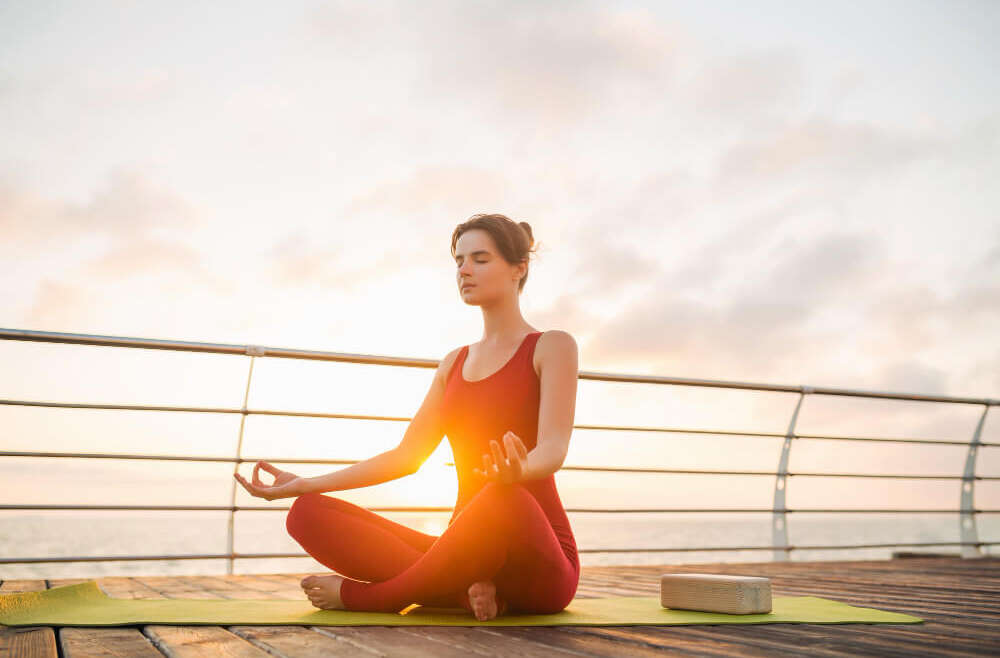Two years ago this topic would have been a lot less relevant. However, with such a large percentage of us now working remotely this is something we can no longer ignore. Working from home has made good posture ever more important.
WFH is such a relatively recent development for most of us, that our bodies have not been conditioned to function for so long working in the home environment. Our homes were traditionally our sanctuary, our place of rest and relaxation. Although, if you’re home life is anything like mine – with two kids aged 2 and 5 – then that notion might be very idealistic. However, the basic premise still holds true.
For many of us, our home has now become everything: work place; family place; entertainment venue; exercise space; rest and recovery space.
Home has become our complete environment which means we need to understand how we interact with it in order to be the best and healthiest version of ourselves. This allows us to function and contribute to those parts of our lives that we value most. This might be family, our career or our own fulfilment and happiness. A big part of this healthy interaction with your home environment is your working ergonomics and good posture.
Good Posture and Ergonomics
In all honesty this is not one of my favourite topics to talk about. It can fairly dull and most of you would have heard it all before. It might even conjure up some unpleasant childhood memories of teachers telling you to ‘sit up straight’.
The first main point to consider in having a healthy posture and ergonomics is that we all sit way too much. And some of us, who have embraced the standing workstation, stand too much. Most people also spend quite a lot of time lounging on the couch, in comfy chairs or on the bed watching TV, using laptops or our phones. This has become especially evident during the pandemic with streaming entertainment having become increasingly popular.
Does this sitting posture look right?

Humans are supposedly the greatest and smartest of the entire animal kingdom yet we are also the species who decided that sitting for 8–10 hours a day was a great idea!
Q: What were we constantly told by our school teachers and parents about sitting?
A: Sit up straight.
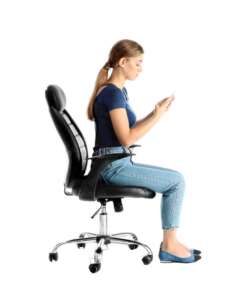
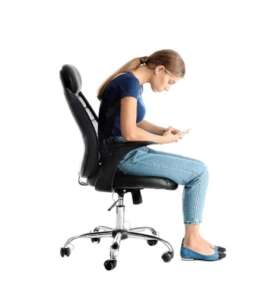
Q: Were they correct?
A: Kinda.
The average person can only sit for 3–5 minutes before they start to slouch, which is essentially a bend in the spine. So your parents and teachers were on the right track, however the problem is that it is almost impossible to sit in a straight-backed posture for any length of time.
Good Posture
The spine is the most important part of the musculoskeletal system. It includes all your joints, muscles, ligaments and bones, with the spine being the most critical part to your health. The spine connects the brain to the body through the central nervous system via the spinal cord that runs directly from the brain to all the nerves in the upper and lower body.
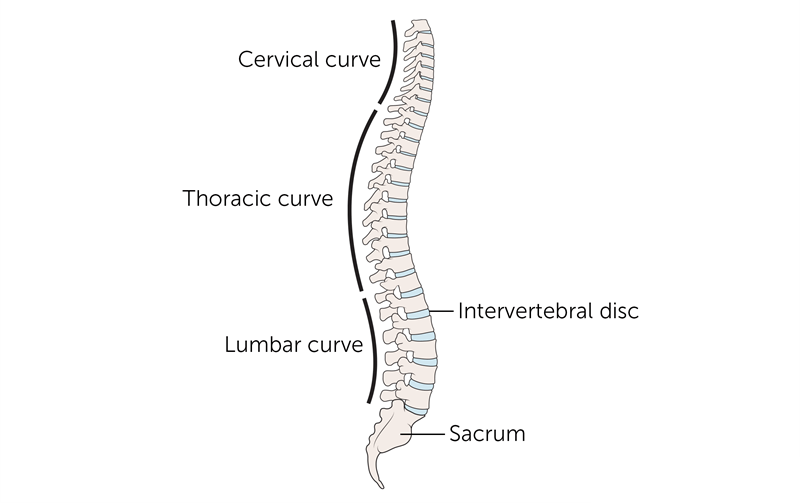
The spine is naturally designed to curve. This allows forces to be distributed evenly through all the structures – joints (bones), discs, ligaments and muscles – and to dissipate and distribute forces moving from the upper to the lower body when moving or performing any movement like walking, running, siting, standing, etc.
The human body is the most incredible structure ever created and I believe the majority of us do not give it the respect it deserves.
Issues with the spine can start to arise when we begin distributing forces/loads unevenly due to excessive amounts of sitting or standing.
When we sit or slouch (with bad posture) our spinal curves change a lot, leading to a few very common issues with the spine.
Compression of joints
- Cervical – lordosis – The spine can move either way into too much extension (bending backwards) which impacts compression on the joints and nerves or too much flexion (bending forwards) which impacts discs, ligaments, etc.
- Thoracic – kyphosis – Spine flexion can increase (bending forwards) and we can become more hunched. Over time this can potentially lead to osteopenia/osteoporosis (softening of the bones) because the bones get used to not having much load transmitted through them.
- Lumbar – lordosis – Too much spine flexion (bending forwards) which puts excessive load on the posterior structures like discs and ligaments leading to disc bulges, prolapses, etc.
Putting an excessive amount of stress or strain on the spine can also cause damage to the spinal cord which can be very serious because of the concentration of nerves that are responsible for your movement, sensation and pain.
Having practised as an Osteopath for over 17 years, I have seen countless injuries and conditions all resulting from poor ergonomics including:
- Low back pain
- Neck pain
- Headaches
- Shoulder issues
- Migraines
- RSI
- Disc and nerve issues in low back and neck
- Arm and wrist pain
This list can go on and on.
These issues are not discriminatory. They do not care if you are male or female, young or old. They can happen to anyone who neglects looking after their spine. It may not occur today or tomorrow, but will eventually these bad habits will catch up with you and they are no fun at all.
I’ll leave the doom and gloom there as I’m sure you all get my point.
The benefits of Maintaining Good Posture
So what can be done about these postural issues? What practical, preventive steps can we take to improve our current situation or prevent further deterioration?
Here are some super simple tips.
1. MOVE

- The easiest, simplest, cheapest and the best ergonomic devices are your legs
- Just get up and move – change position regularly – do the opposite to whatever you have been doing for a long time – nothing beats moving
- Walk for 1–2 mins every 20–30 minutes – go get a drink, go outside, just move
- For every 5 minutes you spend sitting you should ideally spend 8x that amount doing the opposite in order to help reduce strain on the structures of the spine – eg. 5 minutes sitting requires 40 minutes of being upright
- If you been standing for a long time, take a seat for a few minutes – this will help reverse the spinal curves curves
- No matter if you have been sitting or standing, the point is to just move.
2. LIE DOWN FLAT ON YOUR BACK
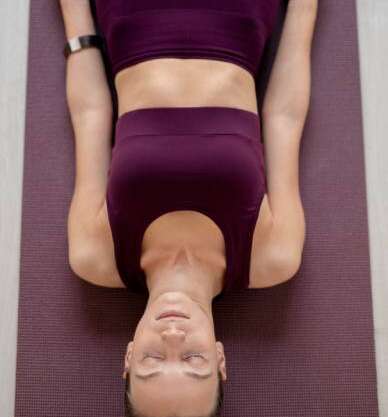
- Lie down on the floor flat on your back for 5–10 minutes a few times during the working day
- Traction on your spine – stretching it out when it has been compressed for periods helps a great deal – this decompresses the spine and all the other joints of the body
- At end of day lie down flat on your back with a pillow under your neck for 20 minutes – don’t do this on the couch because this will cause you to slouch.
3. TURN OFF VIDEO DURING ZOOM MEETINGS (IF POSSIBLE)
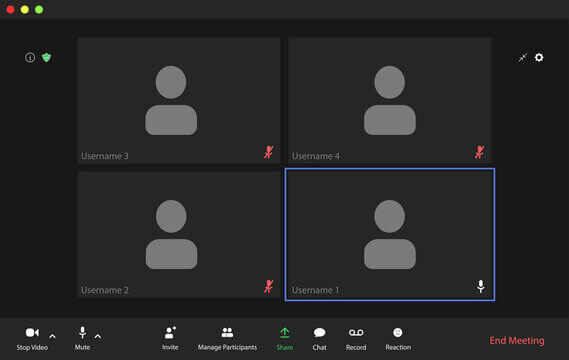
- Prior to working full time from home, most of us sat or stood around a table in meetings in a room with other people – whenever one person spoke, everyone else would move their eyes and neck to look and listen – with even 5 or 6 people in a meeting this adds up to thousands of micro spine and neck movements per meeting which act to grease the wheels, keeping the musculoskeletal systems lubricated and in good function
- The same is true for open plan office environments where it’s estimated we would have had tens of thousands of micro movements during the working day
- With most meetings now happening via Zoom, we stare straight at the screen with everyone directly in front of us, missing out on all these micro movements
- If you are able to turn your video off, you’ll have the freedom to stand up, move about or just look around the room.
4. WALKING MEETINGS

- If possible schedule outdoor walking meetings with your colleagues
- If you have Zoom meetings where you’re mainly observing, try putting on your headphones and getting outside for a walk
- There are so many positive benefits to getting outside regularly for a walk – fresh air, movement, cardiovascular fitness, etc.
It should now be clear that getting into bad habits with your posture cause a great deal of negative effects on your health – in both the short and long term. But remember that the opposite is also true. Focusing on good posture and moving as much as possible can realise huge befits for your overall health such as:
- Decrease in injury
- Decrease in pain
- Better musculoskeletal function with increased activity and less sitting
- Increased periods of concentration
- Getting outside has a load of great mental health benefits.
So take some action today. It’s super simple to sit less and move more.
Feel free to check some other informational posts such as what is the posterior chain which we hope will add lots of value.
If you would like further information on Osteopathy and what we can treat or to book an appointment then please call Essendon Osteopathy Sports Injury Centre reception on (03) 9663 6202 or email:
info@melbourneosteopathycentre.com.au
Also, check out our Essendon Osteopathy Sports Injury Centre on Google My Business: https://www.google.com/maps?cid=9125265888344039411

